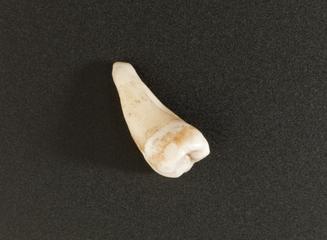
3 human molar teeth
1801-1900

1801-1900
before 1937
before 1986
1950-1990
before 1986
1950-1990
before 1986
before 1986
before 1986
before 1986
before 1986
before 1986
before 1986
before 1986
before 1986
before 1986
before 1986
before 1986
before 1986
before 1986
before 1986
before 1986
before 1986
before 1986
before 1986
before 1986
before 1986
before 1986
before 1986
before 1986
before 1986
before 1986
before 1986
before 1986
before 1986
before 1986
before 1986
before 1986
before 1986
before 1986
before 1986
1950-1990
before 1986
before 1986
before 1986
before 1986
before 1986
before 1986
before 1986
before 1986